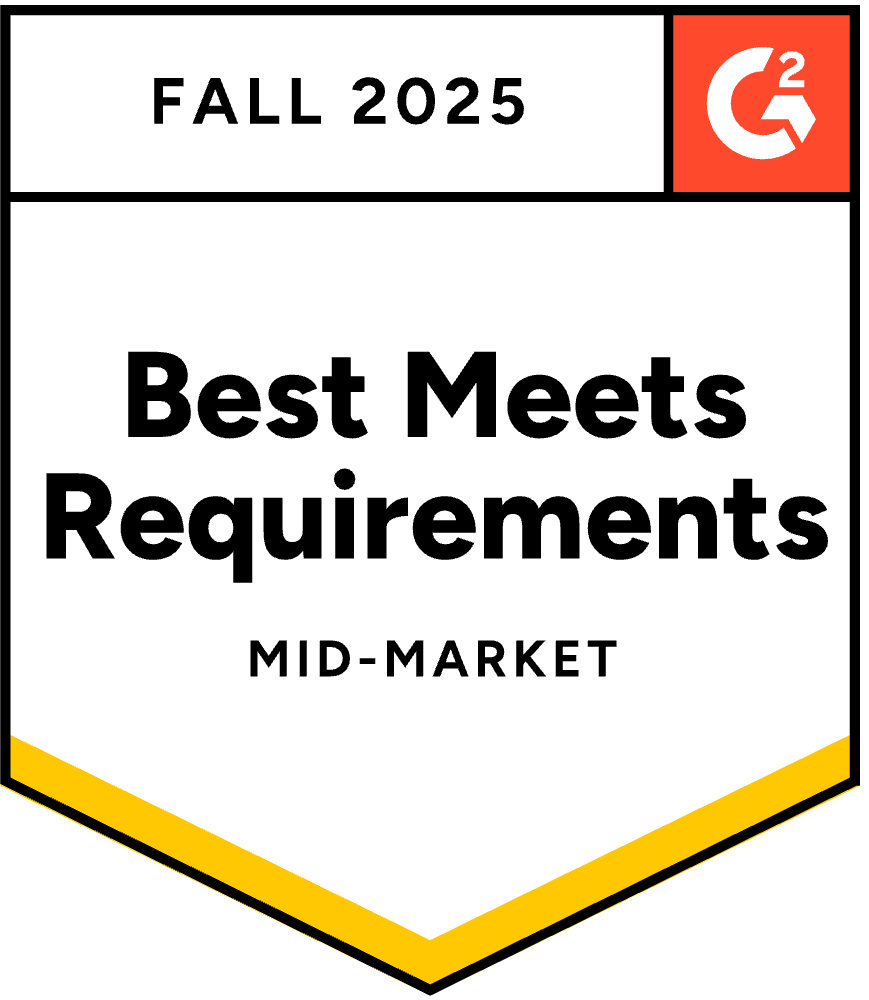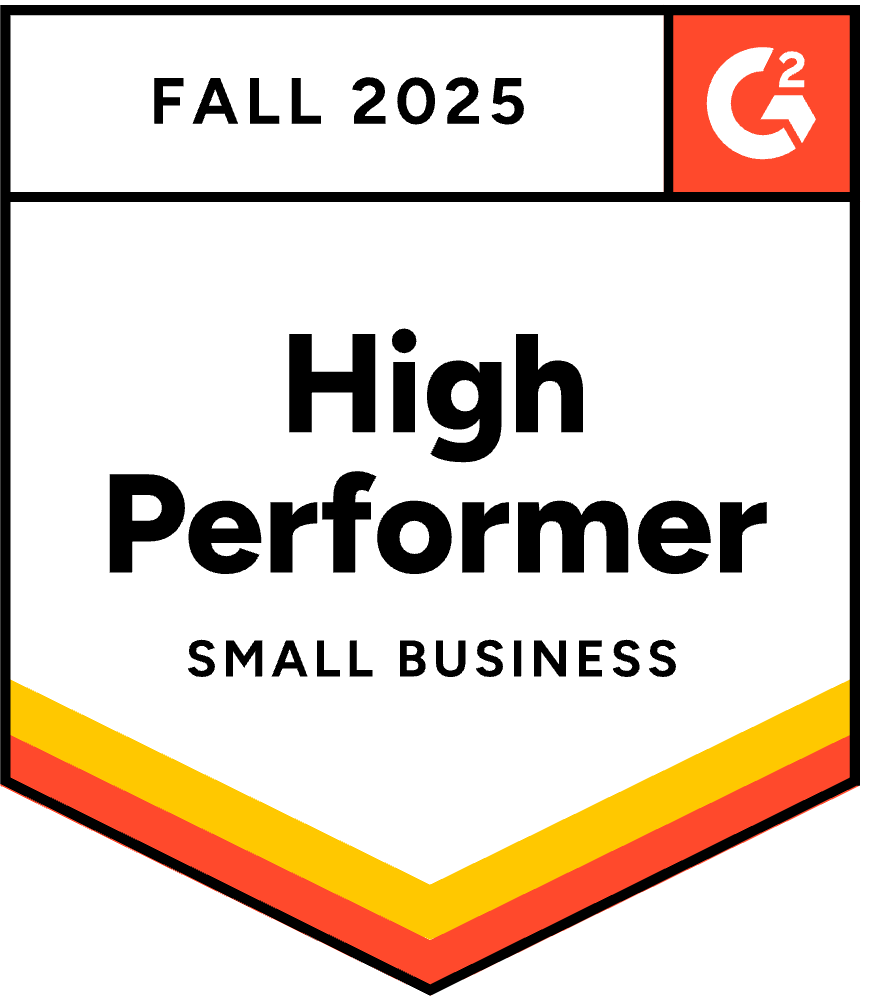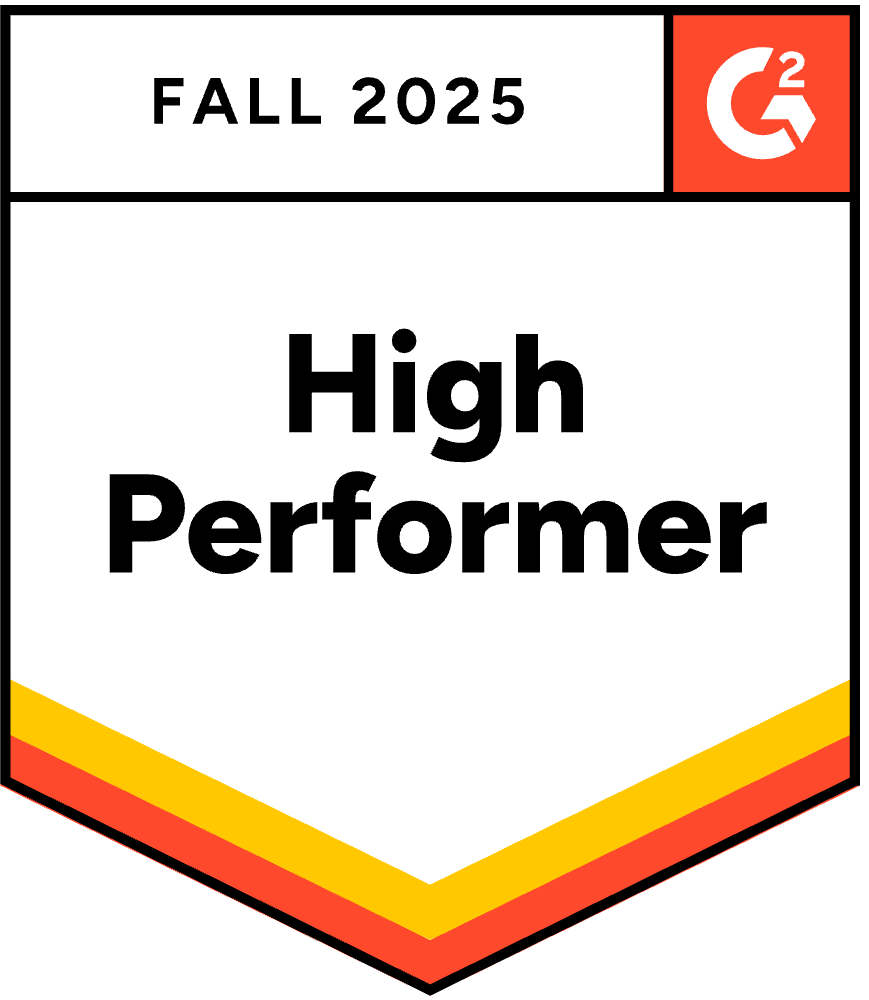Procurement Automation

Procurement Automation is the use of technology to streamline and digitize the procurement process — including vendor sourcing, RFP/RFI management, evaluating suppliers, processing purchase requests, and managing contracts and approvals.
Instead of relying on manual spreadsheets, emails, and siloed workflows, procurement automation uses workflows, AI, and integrated systems to make purchasing faster, more consistent, and more transparent.
Automation reduces administrative work, minimizes compliance risk, and improves the speed and accuracy of vendor selection and purchasing decisions.
Explore related terminology in our guide:
What Is an RFP?
Why Procurement Automation Matters
Manual procurement workflows create friction across the purchasing lifecycle, including:
- Slow vendor evaluation cycles
- Inconsistent documentation
- Email-based approvals that get lost
- Higher compliance and audit risk
- Redundant manual data entry
- Delayed purchasing decisions
Procurement automation modernizes this process by centralizing requests, automating routing and approvals, and standardizing evaluation and compliance workflows.
See how automation benefits SaaS procurement workflows in our article:
RFP Automation for SaaS Companies
Key Capabilities of Procurement Automation Platforms
Procurement automation tools typically include:
- Automated vendor onboarding & verification
- Digital intake forms & purchase request workflows
- RFP/RFI/RFQ management
- Centralized knowledge & document storage
- Automated approval routing
- Audit trails & compliance logs
- Vendor scoring and comparison dashboards
- Contract lifecycle management integrations
Some solutions also incorporate AI-powered vendor intelligence, supplier scoring models, and chatbot-style intake.
Who Uses Procurement Automation?
Procurement automation supports:
- Procurement & sourcing teams
- Finance & purchasing departments
- IT & InfoSec teams approving software/vendor access
- Legal & compliance teams
- Operations and vendor management groups
It is especially valuable for fast-growing organizations scaling vendor evaluation volume or managing regulated buyer requirements.
Benefits
Procurement automation helps organizations:
- Increase purchasing speed and efficiency
- Standardize evaluation and approval processes
- Reduce manual admin work and error risk
- Improve compliance & audit readiness
- Strengthen vendor governance & transparency
- Enable data-driven supplier decisions
Frequently Asked Questions
What is procurement automation?
Procurement automation uses technology to digitize and streamline every stage of the purchasing process—from vendor sourcing and RFP management to approvals and contract tracking—reducing manual effort and improving accuracy.
How does procurement automation improve efficiency?
It replaces spreadsheets, emails, and manual routing with automated workflows that accelerate approvals, ensure compliance, and centralize vendor data. Teams can complete sourcing cycles faster and make more consistent, data-driven decisions.
Who benefits most from procurement automation?
Procurement, finance, IT, and legal teams all benefit. It’s especially useful for organizations handling high volumes of vendor requests or operating in industries with strict compliance and reporting requirements.
Can procurement automation integrate with existing systems?
Yes. Most modern platforms integrate with ERP, CRM, and contract management systems—creating a unified source of truth for vendor records, spend tracking, and approval workflows.
What’s the difference between procurement automation and AI procurement software?
Procurement automation digitizes workflows and routing, while AI procurement software adds intelligence—using data models, natural language processing, and predictive analytics to recommend suppliers and flag risks.
Is procurement automation secure?
Leading procurement automation tools include encryption, role-based access controls, and audit trails to protect sensitive financial and vendor data while meeting compliance standards like SOC 2 and ISO 27001.
What measurable results can procurement automation deliver?
Organizations adopting procurement automation often see 40–60% faster approval cycles, reduced administrative overhead, fewer compliance gaps, and improved vendor governance across departments.















